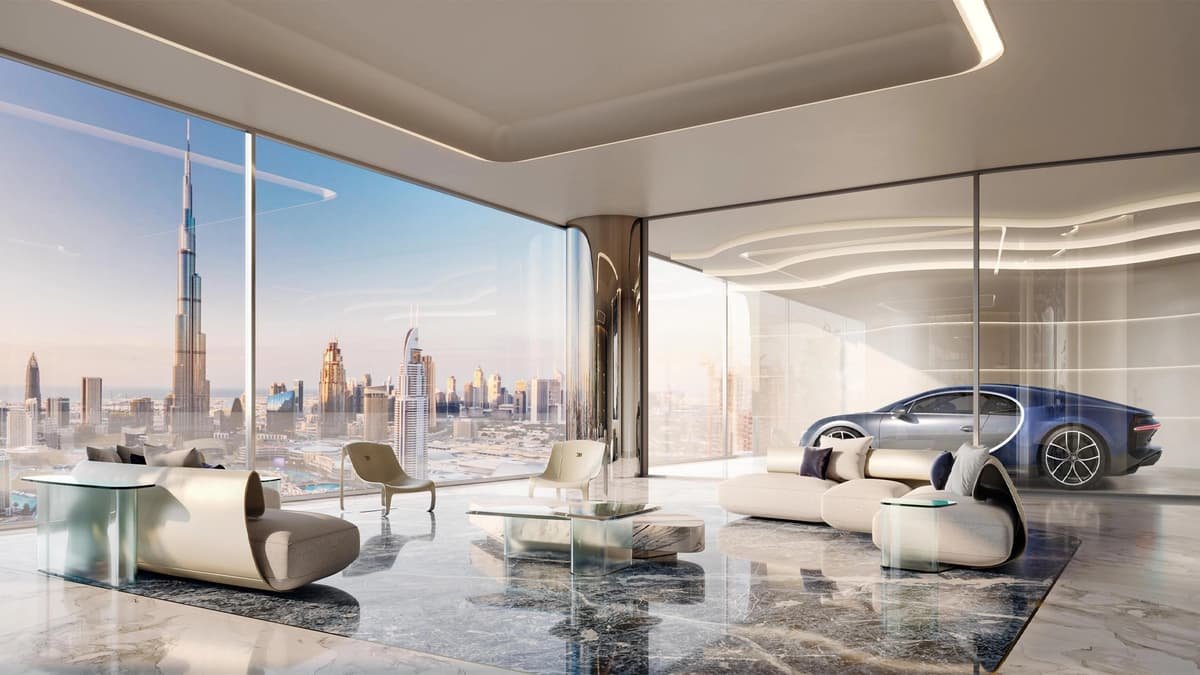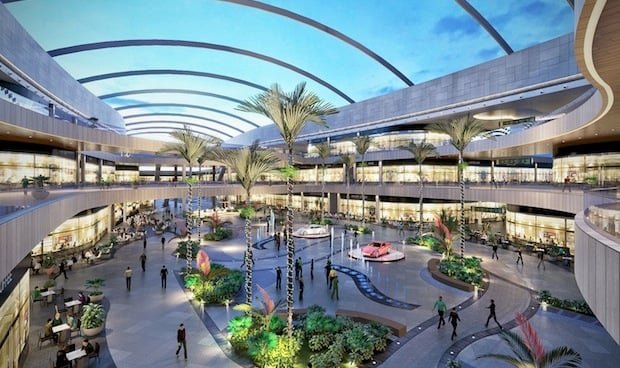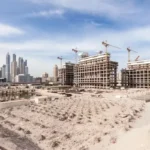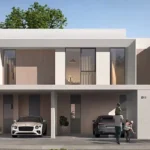Now Reading: Sustainable Residential Properties: A New Buyer Priority
-
01
Sustainable Residential Properties: A New Buyer Priority
Sustainable Residential Properties: A New Buyer Priority
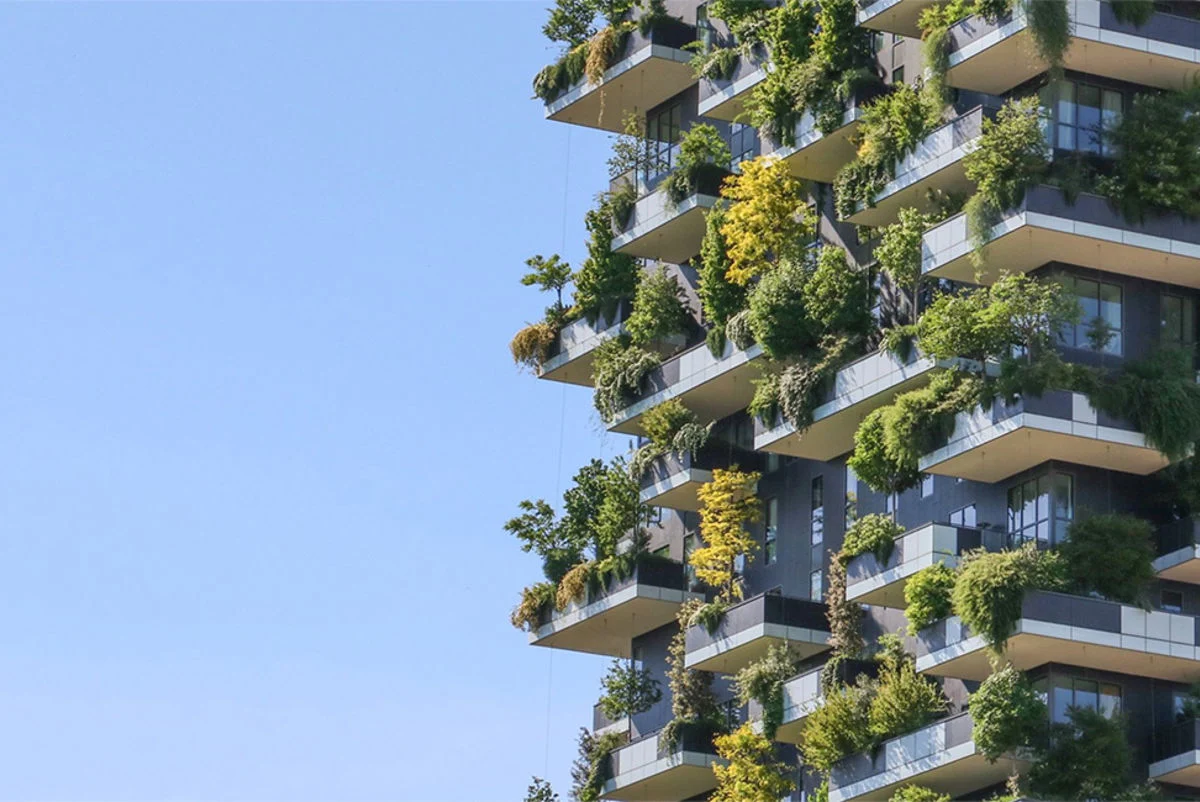
In today’s real estate market, sustainable residential properties are more than a trend they’re a selling point that directly influences buyer decisions. As global awareness of climate change grows and governments push for greener living, eco-friendly homes have moved from niche to mainstream. Developers, investors, and homeowners now recognize sustainability not just as a moral responsibility, but also as a smart financial move.
Why Sustainability Matters in Real Estate
The push toward sustainability is driven by multiple forces:
- Climate Change Concerns: Rising temperatures, energy consumption, and carbon emissions are fueling demand for eco-friendly living solutions.
- Government Policies: Many cities and countries now enforce green building standards and offer incentives for sustainable construction.
- Consumer Preferences: Millennials and Gen Z buyers, in particular, prefer homes that align with their environmental values.
- Cost Savings: Energy-efficient homes reduce utility bills over time, making them financially appealing.
This mix of environmental, regulatory, and financial factors makes sustainability a key selling point for modern residential projects.
Features of Sustainable Residential Properties
Sustainability in housing isn’t just about solar panels on rooftops. It’s a holistic approach to design, construction, and daily living. Common features include:
- Energy Efficiency: Smart lighting, energy-saving appliances, and high-performance insulation.
- Renewable Energy: Solar power systems and green energy integration.
- Water Conservation: Low-flow fixtures, water recycling, and drought-resistant landscaping.
- Eco-Friendly Materials: Use of recycled, locally sourced, or non-toxic materials in construction.
- Smart Home Technology: Automation that minimizes waste and optimizes energy use.
- Green Spaces: Vertical gardens, rooftop farms, and landscaped communal areas.
Why Buyers Value Sustainable Homes
For homebuyers, sustainable properties offer tangible benefits:
- Lower Operating Costs
Energy-efficient systems can cut electricity and water bills significantly. Over time, these savings justify the initial investment. - Healthier Living Environments
Eco-friendly materials, improved ventilation, and natural lighting create healthier indoor spaces, reducing risks of allergies or respiratory issues. - Long-Term Value
Green-certified properties often have higher resale values. Buyers see them as future-proof investments. - Lifestyle Alignment
Many buyers want their homes to reflect their values. Living sustainably provides both pride and peace of mind.
How Developers Use Sustainability as a Selling Point
Developers are increasingly marketing sustainability to attract buyers. Tactics include:
- Highlighting green certifications like LEED or WELL.
- Promoting energy cost savings in brochures and advertisements.
- Showcasing eco-luxury features such as solar rooftops, EV charging stations, and smart energy systems.
- Building community-focused amenities like shared gardens and bike-friendly layouts.
By making sustainability central to their projects, developers differentiate themselves in competitive markets.
Global Examples of Sustainable Residential Projects
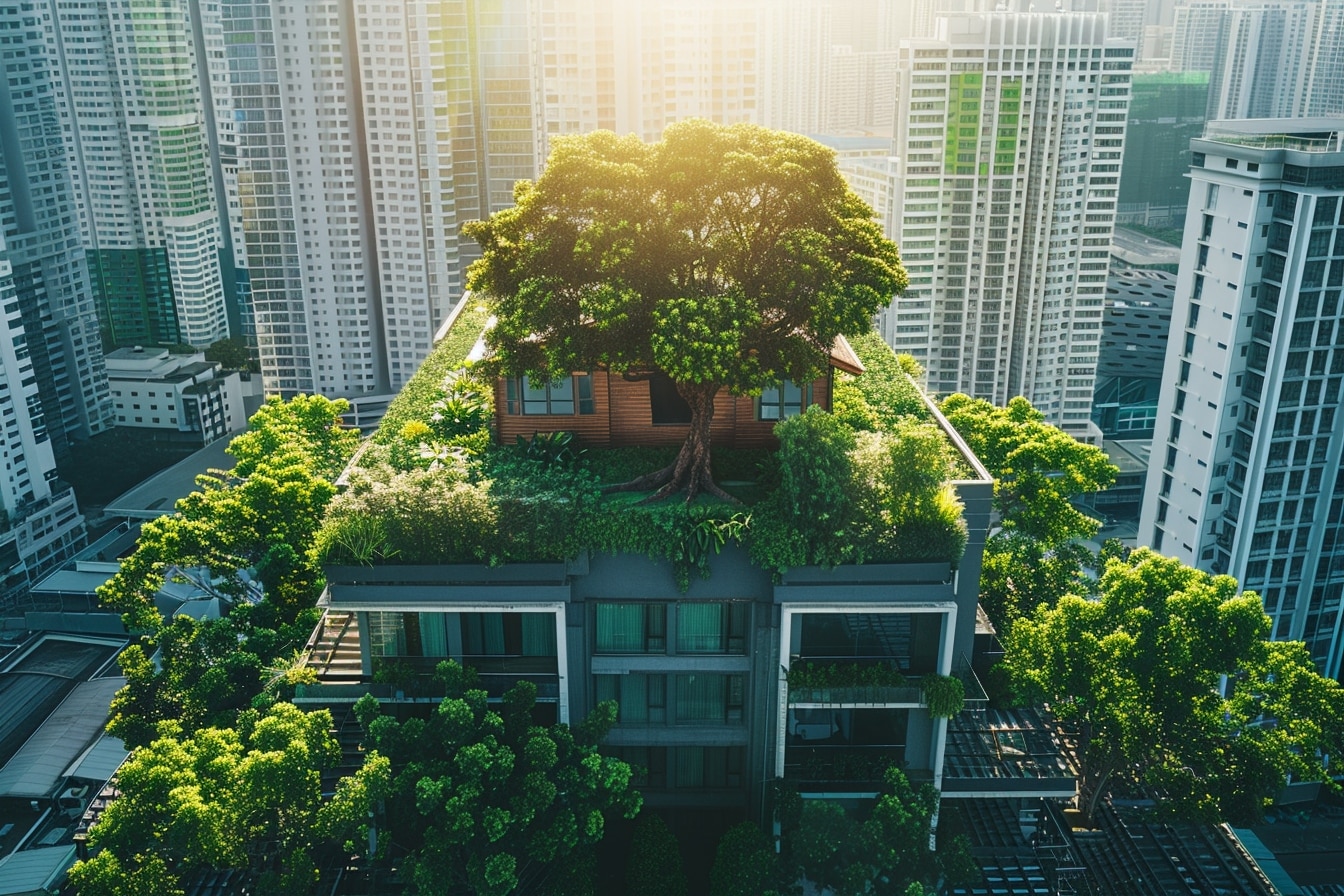
- Masdar City, Abu Dhabi – A model of eco-urban planning with solar-powered homes and car-free zones.
- Bosco Verticale, Milan – Residential towers covered in greenery that absorb CO₂ and improve air quality.
- Singapore’s Green Housing – Public housing developments incorporate vertical gardens, solar energy, and rainwater harvesting.
These examples show how sustainability is becoming synonymous with innovation in housing.
Challenges in Promoting Sustainable Homes
While the demand is rising, there are challenges developers and buyers face:
- Higher Upfront Costs: Sustainable technologies and materials often cost more initially.
- Awareness Gap: Some buyers remain unfamiliar with the long-term benefits of green living.
- Market Adoption: Not all regions have strong regulations or incentives, slowing adoption.
Overcoming these challenges requires education, incentives, and greater collaboration between governments and developers.
The Future of Sustainable Residential Properties
Looking ahead, sustainability will move from being a premium feature to a standard expectation. Emerging trends include:
- Net-Zero Homes: Residences that produce as much energy as they consume.
- Circular Design: Buildings constructed for disassembly and recycling.
- Biophilic Design: Homes that integrate nature into daily living spaces.
- Smart Cities Integration: Sustainable properties linked with wider eco-friendly urban planning.
As technology advances and awareness grows, sustainable residential properties will define the future of real estate.
Conclusion
The rise of sustainable residential properties reflects a global shift in how we view housing-not just as a shelter, but as part of a broader responsibility to the planet. Buyers increasingly want homes that save money, promote health, and support environmental goals. Developers who embrace sustainability not only contribute to a greener world but also secure a strong competitive edge.
In short, sustainability is no longer optional in residential real estate-it’s the new standard, and the ultimate selling point.
Follow us on: Instagram
Read More:Revitalizing Old Souqs: Real Estate Meets Heritage in Dubai & Sharjah



